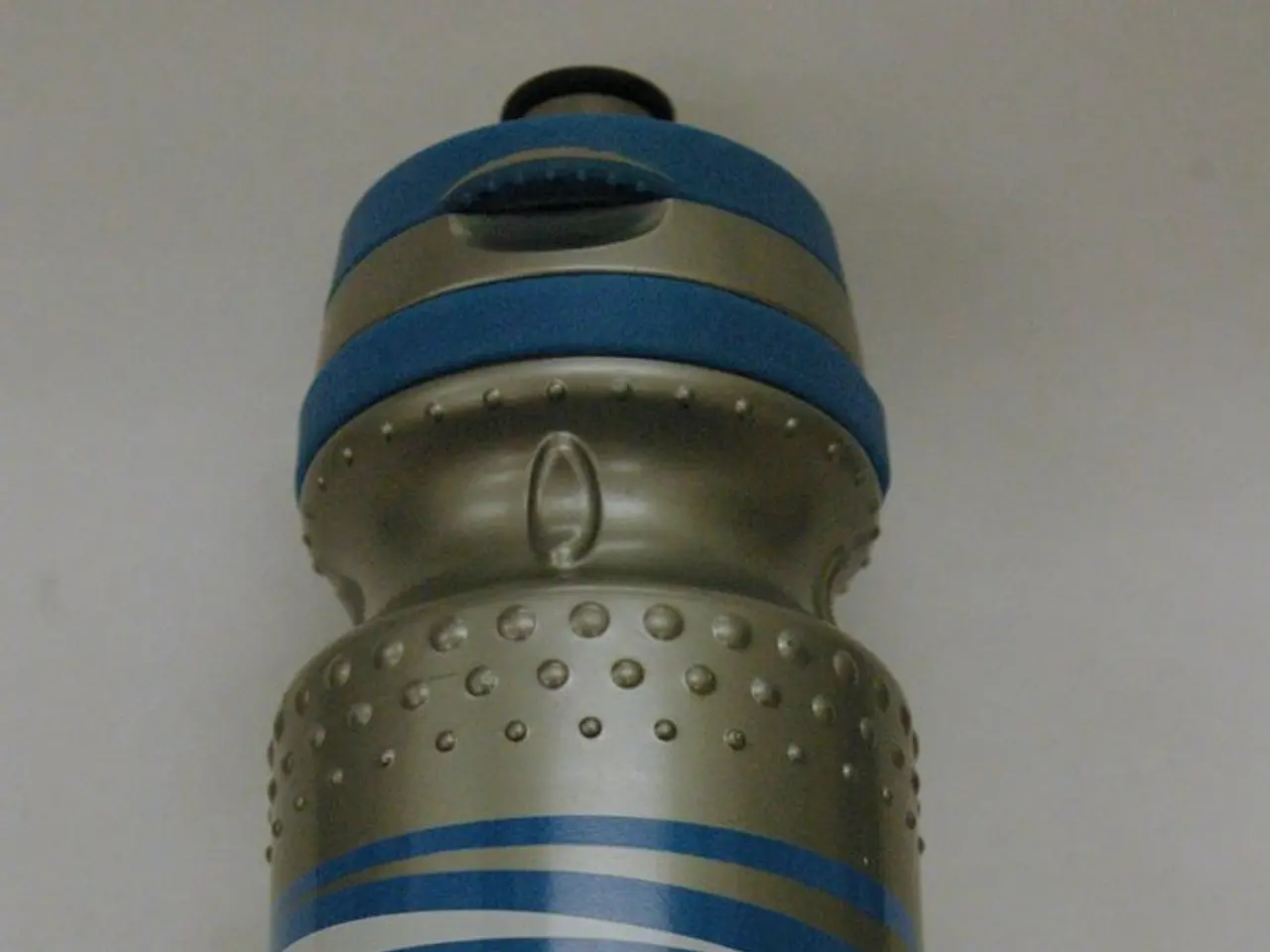Steel production in Germany's green sector takes a blow due to ArcelorMittal's withdrawal
In a significant move, ArcelorMittal, one of the world's leading steel conglomerates, has suspended its plans for green steel production in Germany, primarily due to challenging market conditions, high energy costs, and the slow development of viable green hydrogen technology.
The decision comes after the company applied for government subsidies for a plan to make two German steel works carbon-neutral by 2050. Despite being offered €1.3 billion in subsidies, ArcelorMittal halted decarbonization projects at its Bremen and Eisenhüttenstadt sites and returned the funds.
The key reasons for the halt include high electricity prices in Germany, making green steel production economically unfeasible, and the costliness of green hydrogen, which remains too expensive and not yet a viable fuel source for steelmaking. Steel produced via green hydrogen must compete globally against cheaper conventional steel, impacting market viability.
The European steel market faces weak demand and elevated import levels, applying additional pressure on producers. The slow pace and economic unviability led ArcelorMittal to see it as increasingly unlikely to meet its 2030 carbon emissions intensity reduction targets.
The European steel industry faces several challenges in transitioning to hydrogen-based steelmaking. These include high energy costs, the cost of green hydrogen, technological efficiency, market competition, slow infrastructure roll-out, weak demand and imports, and regulatory and policy uncertainty.
Germany, which accounts for nearly 7% of the country's CO2 emissions through the steel industry, aims to build up 10 gigawatts (GW) of electrolyzer capacity by 2030 to produce green hydrogen, but as of February 2024, the country had just 0.066 GW of installed electrolyzer capacity.
Despite the setbacks, German steelmakers Thyssenkrupp and Salzgitter AG remain committed to Germany as the location for producing green steel, but call for faster infrastructure development and better safeguards for competitive energy prices. ArcelorMittal, however, is shifting production to countries with more predictable and affordable electricity supplies.
The transition to green steel requires overcoming significant cost, market, and infrastructure barriers to become economically sustainable. The new EU emissions trading system coming into force in 2027 is likely to boost prices for coal-based steel compared with green steel, and public procurement could help German steelmakers, especially as the current government plans to spend massively on revamping German infrastructure under a multi-billion-euro investment plan.
Despite the current challenges, the German government remains committed to becoming carbon-neutral by 2045, requiring the steel industry to cut up to 55 million metric tons of CO2 annually. Berlin is working to ensure that foreign production capacity and extensive transport infrastructure will be in place by 2030.
[1] European Commission. (2021). Communication from the Commission to the European Parliament, the Council, the European Economic and Social Committee and the Committee of the Regions - A hydrogen strategy for a climate-neutral Europe. [2] International Energy Agency. (2021). The Future of Hydrogen. [3] ArcelorMittal. (2021). ArcelorMittal suspends decarbonization projects in Germany.
- The news of ArcelorMittal suspending its green steel production plans in Germany has raised concerns within the environmental-science community.
- The media is abuzz with discussions about the impact of this decision on the world's climate-change efforts and the future of renewable-energy.
- European governments and the international community are closely monitoring the situation, with some calling for policy-and-legislation changes to support renewable-energy industries.
- The European steel industry is under immense pressure to transition to hydrogen-based steelmaking, as highlighted in the European Commission's 'A hydrogen strategy for a climate-neutral Europe'.
- The International Energy Agency's report 'The Future of Hydrogen' underscores the importance of overcoming technological hurdles for green hydrogen to become a viable fuel source for steelmaking.
- The Finance sector is closely watching the developments, as investing in green steel and renewable-energy could become lucrative opportunities due to the potential for significant returns in the long run.
- Wealth-management firms and businesses specializing in personal-finance and real-estate are also looking into the potential of green steel and renewable-energy as viable investment options.
- The housing-market could see a shift as homebuyers become increasingly conscious of the environmental impact of the products they use, favoring green steel and renewable-energy.
- The education-and-self-development sector is emphasizing the importance of lifelong-learning and understanding policy-and-legislation changes related to climate-change, renewable-energy, and environmental-science.
- The political arena is heated, with debates centering around the role of governments in supporting the transition to green steel and renewable-energy, and the importance of creating a level-playing field for domestic and foreign producers.
- The general-news channels are covering the story extensively, including interviews with key industry leaders and government officials.
- Africa, with its abundant sun energy, is being eyed as a potential source of green hydrogen for Europe, presenting opportunities for economic growth and environmental-sustainability.
- With concerns over climate-change, energy security, and energy costs, the decision of ArcelorMittal is a watershed moment that could set precedents for other industries transitioning to renewable-energy.
- The world now watches as Europe grapples with the challenges of transitioning to green steel and renewable-energy, offering lessons for other regions embarking on similar journeys.




